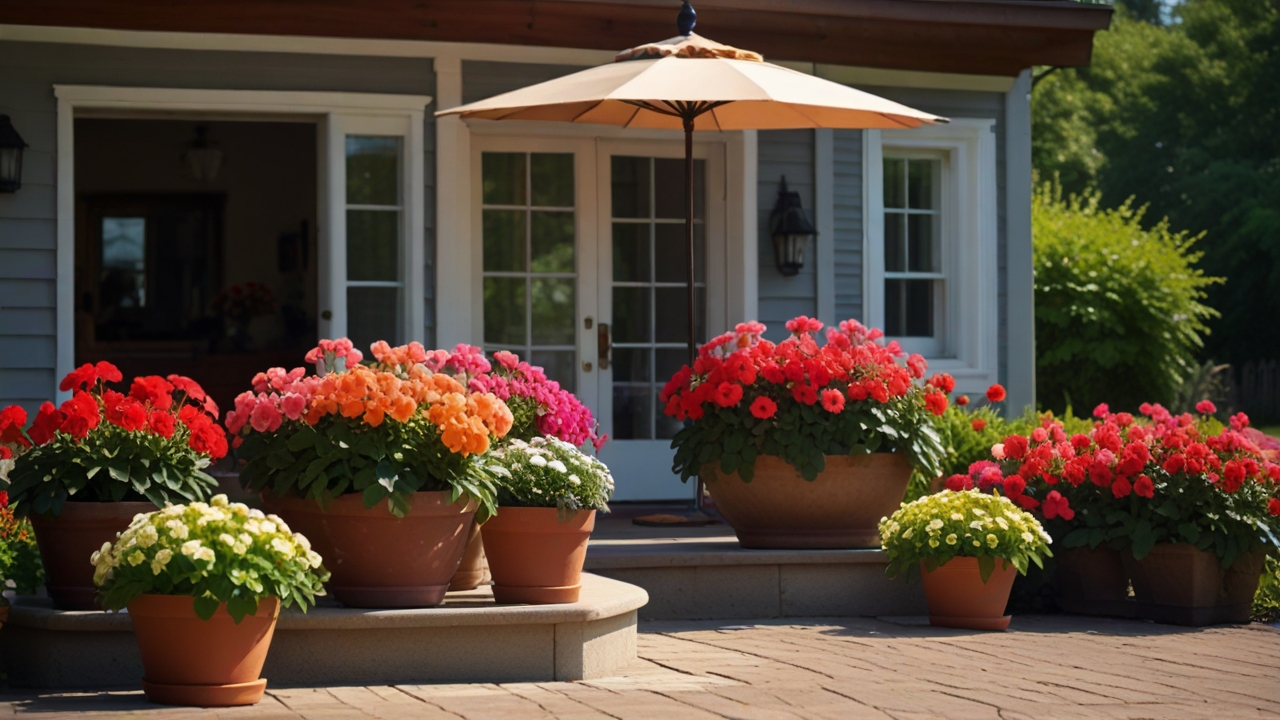Your patio is an extension of your living space, a place to relax, entertain, and soak up the sunshine. But a bare patio can feel a little bland. Liven it up with the vibrant colors and delightful fragrances of potted flowers! This guide will help you select the perfect blooms to transform your patio into a blooming oasis
Flowers that Grow in Full Sun
Petunias
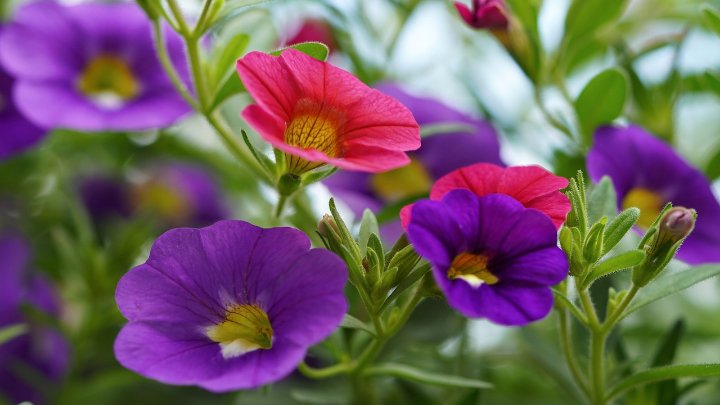
These low-maintenance and prolific bloomers come in a dazzling array of colors and thrive in full sun. A low-maintenance bloomer, petunias offer a cascading or trailing habit, perfect for hanging baskets or overflowing containers. Plus, they come in vibrant single or bi-colored blooms.
Marigolds
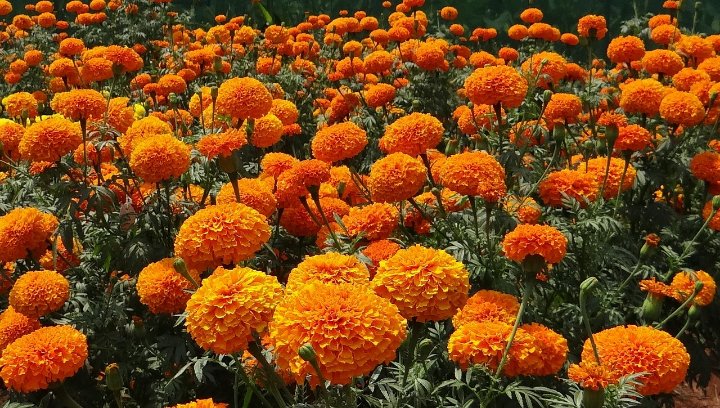
Cheerful and easy to care for, marigolds boast bright orange and yellow blooms that add a touch of sunshine to any patio. They’re known for deterring some pests and are perfect for beginner gardeners.
Zinnias
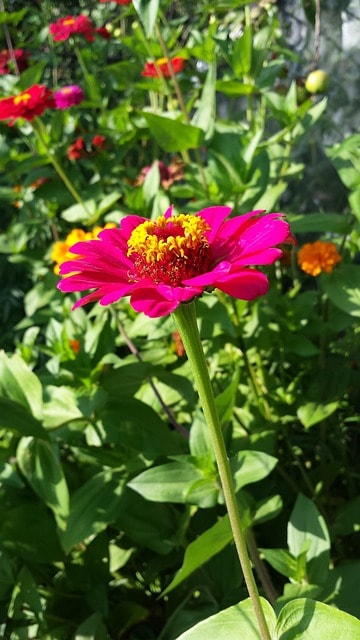
These daisy-like flowers come in a kaleidoscope of colors and are a magnet for pollinators, and they come in a dazzling array of colors and bloom shapes. Best of all, they thrive in hot weather and require minimal water
Geraniums
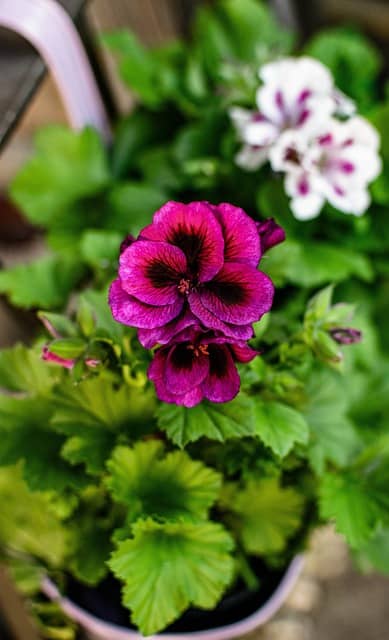
With their vibrant blooms and classic charm, geraniums are a popular choice for sunny patios. These classic patio dwellers come in a wide range of colors and bloom tirelessly throughout the summer. Plus, they’re relatively low-maintenance and heat tolerant.
Bougainvillea
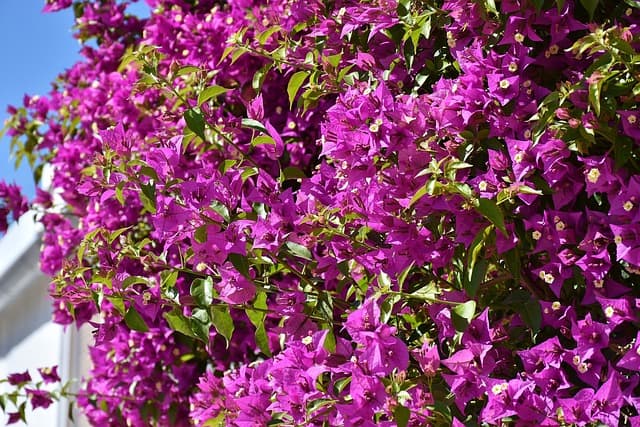
For a touch of the tropics, consider bougainvillea. These vibrant flowering shrubs come in shades of pink, purple, orange, and red. They require full sun and well-draining soil, and may need occasional trimming to maintain their shape.
Lantana
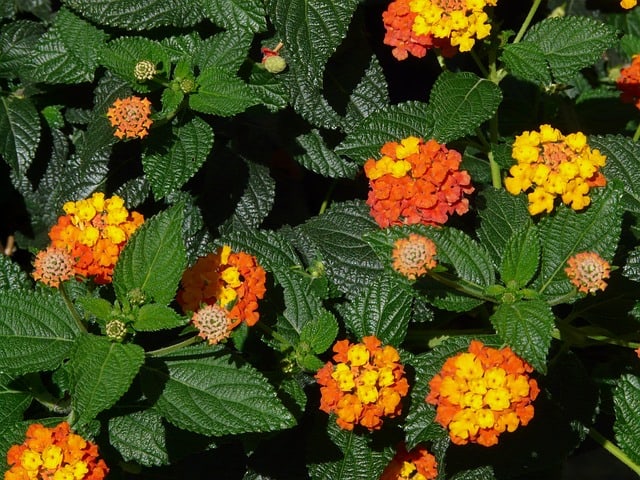
A true bloomer, Lantana offers clusters of small flowers in vibrant combinations of red, orange, yellow, pink, and lavender. They thrive in full sun and well-drained soil.
Adding Height and Drama
Hibiscus
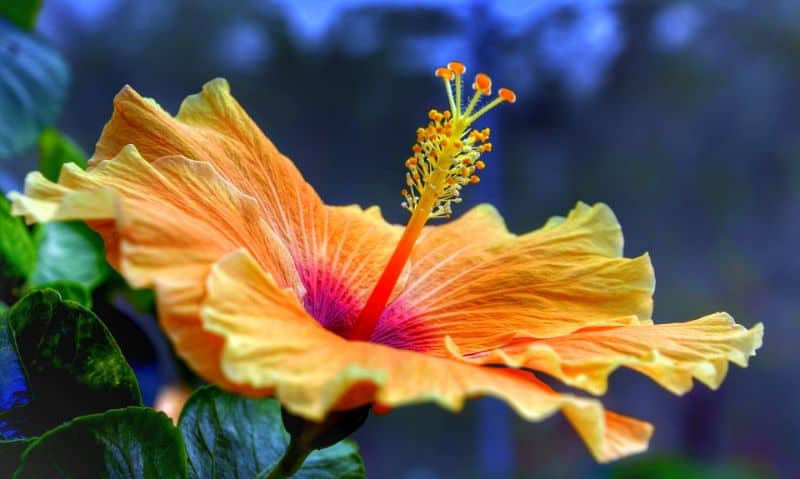
These tropical beauties boast large, trumpet-shaped flowers in red, orange, yellow, or pink. Hibiscus plants can grow quite tall and require warm temperatures.
Canna Lilies
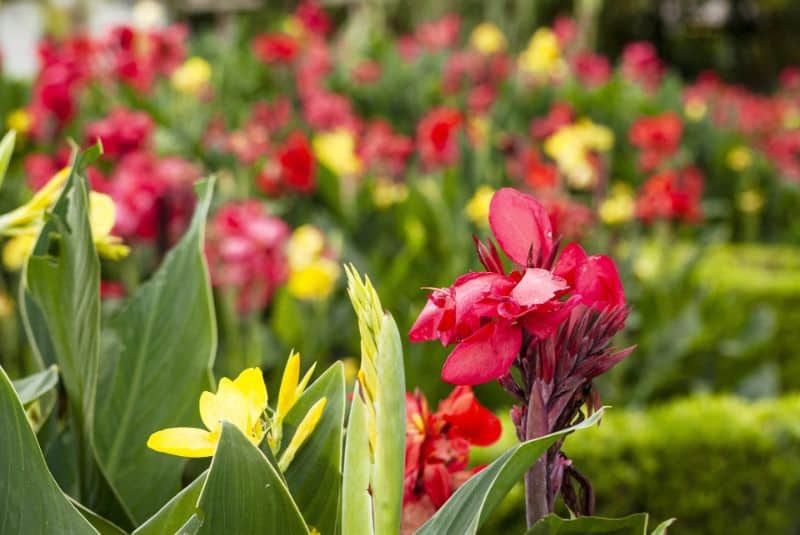
These architectural plants feature bold, upright foliage and brightly colored blooms in shades of yellow, orange, and red. Cannas thrive in full sun to part shade and prefer moist soil.
Elephant Ears
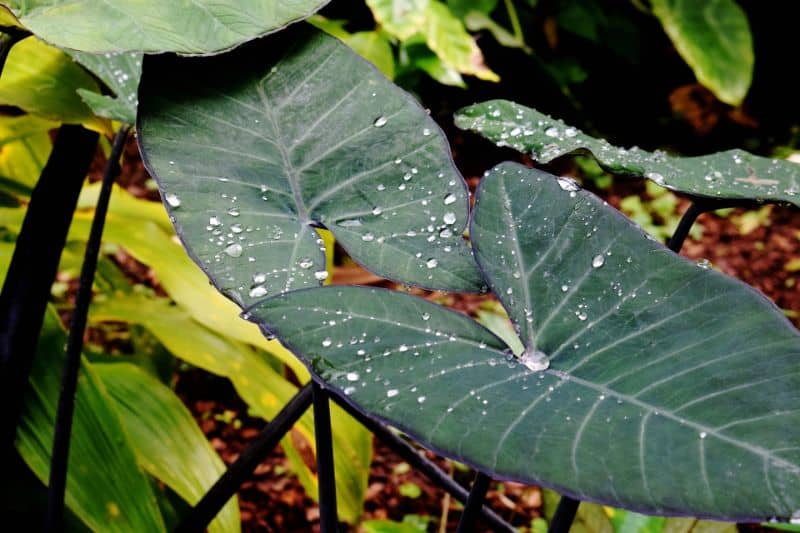
These giants of the shade garden offer enormous, heart-shaped leaves that add a dramatic touch to containers. Elephant ears prefer part shade to full shade and moist soil.
Flowers that Grow in Shade
Impatiens
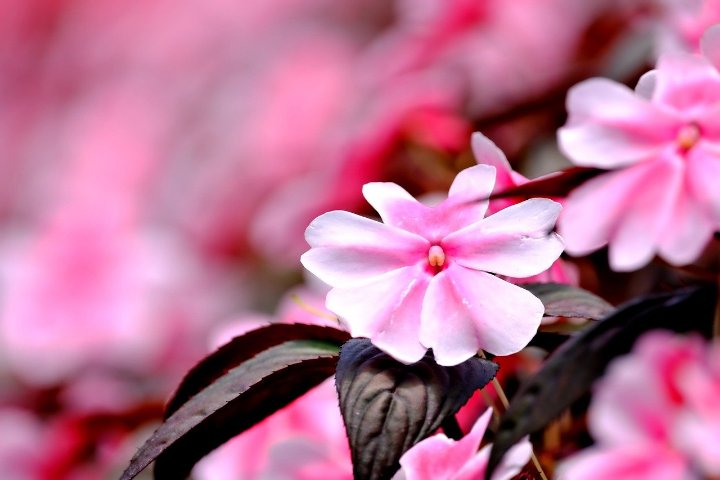
These shade-loving annuals produce vibrant flowers in pink, red, purple, and white. They require consistent moisture and well-drained soil.
Begonias
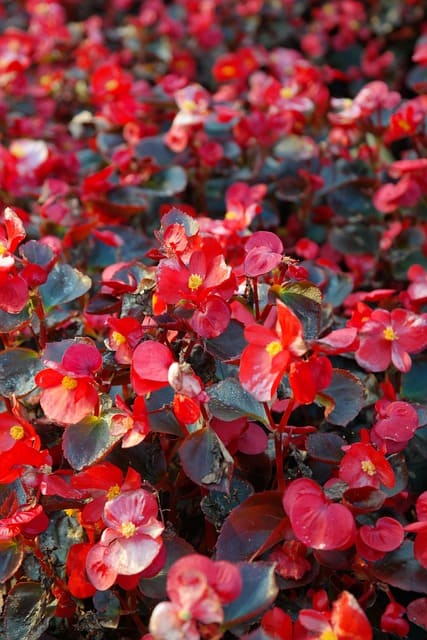
Shade gardens come alive with the delicate beauty of begonias. Their colorful blooms come in single or double forms, and some varieties boast attractive foliage as well. Begonias prefer consistent moisture and humidity.
Fuchsia

Known for their dangling clusters of red, purple, or white flowers, fuchsias add a touch of elegance to shady patios. They thrive in cool, humid environments and require regular watering.
Caladiums
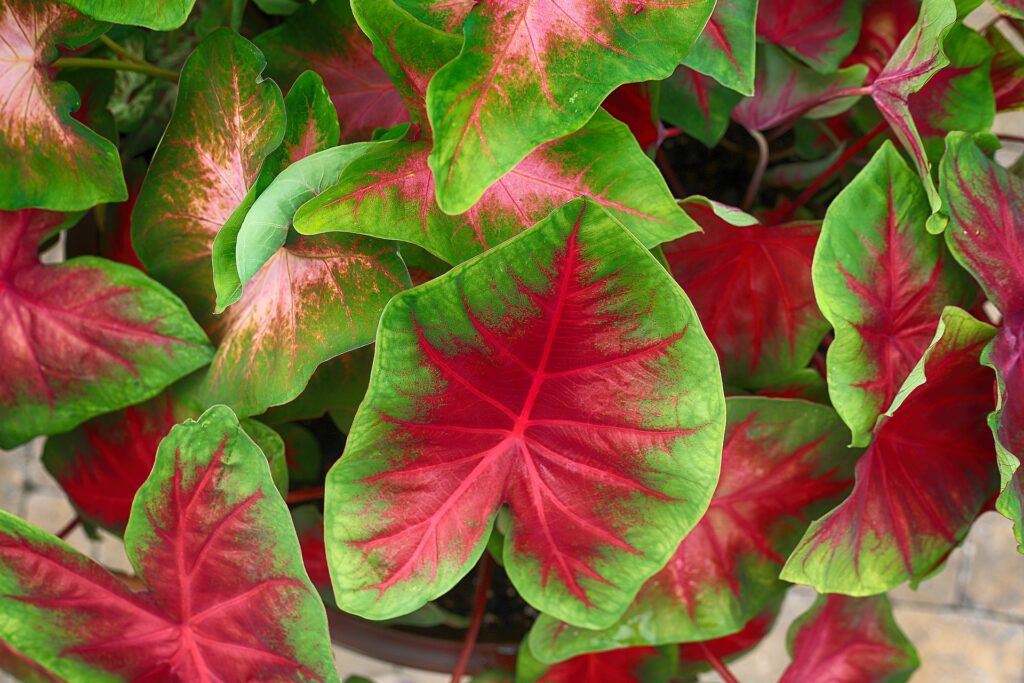
While not technically flowering plants, caladiums offer stunning foliage in a variety of colors and patterns. Valued for their stunning foliage in vibrant shades of pink, red, green, and white, caladiums add a touch of drama to shady areas. They prefer moist soil.
Hostas
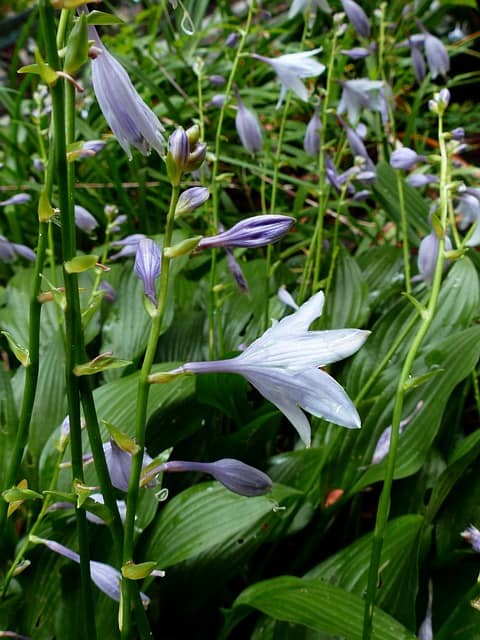
These shade-loving perennials offer beautiful heart-shaped leaves in various shades of green, blue, and yellow. They’re low-maintenance and a perfect choice for adding lushness to your patio.
Bromeliads
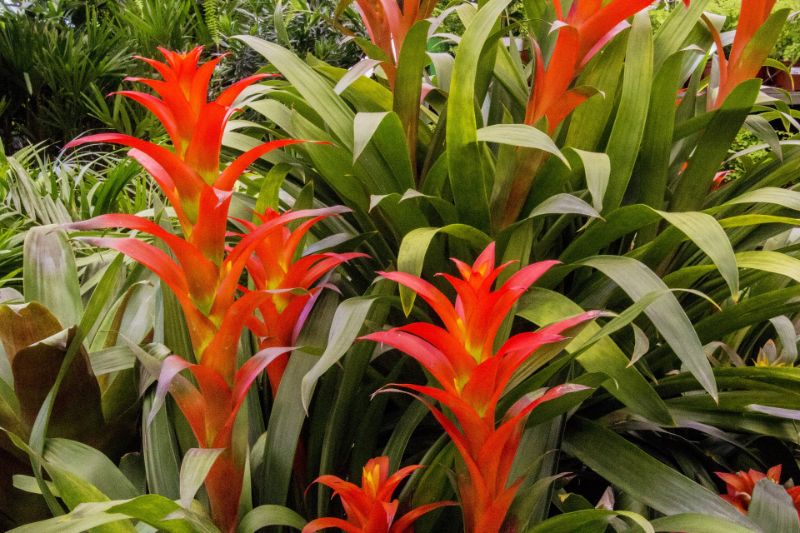
These exotic plants come in various colors and add a tropical flair to your patio. They require well-drained soil and moderate watering.
Sun Seekers and Shade Dwellers
Sunlight is a crucial consideration. Full sun areas receive at least 6 hours of direct sunlight daily, while partial shade gets 3-6 hours, and full shade receives less than 3 hours.
Beyond Sun Exposure Choosing for Your Lifestyle
Once you’ve considered sun exposure, think about your lifestyle and how much time you’re willing to invest in caring for your patio flowers.
- Low-Maintenance Choices: If you have a busy schedule, opt for low-maintenance flowers like petunias, geraniums, marigolds, and vincas. These require minimal deadheading (removing spent blooms) and are generally drought tolerant.
- High-Impact Choices: For a show-stopping display, consider fuchsias, calibrachoa (miniature petunias), or lantana. These may require more frequent watering, deadheading, and occasional feeding with fertilizer.
Color Scheme and Style Creating a Cohesive Look
Flowers can completely transform the ambiance of your patio. Opt for bold, contrasting colors for a vibrant and energetic feel. Choose a color palette that complements your patio furniture and cushions for a cohesive look.
- Classic Elegance: For a timeless look, go for pastel or monochromatic color schemes. White petunias, lavender, or pink begonias create a serene and sophisticated atmosphere.
- Tropical Paradise: Bring the tropics home with vibrant fuchsias, orange canna lilies, or red hibiscus. Pair them with lush green foliage plants for a jungle-like feel.
- Cottage Charm: Create a whimsical and inviting space with overflowing containers filled with brightly colored pansies, violas, and trailing lobelia.
Planting and Maintaining Your Patio Paradise
Choosing the Right Pots
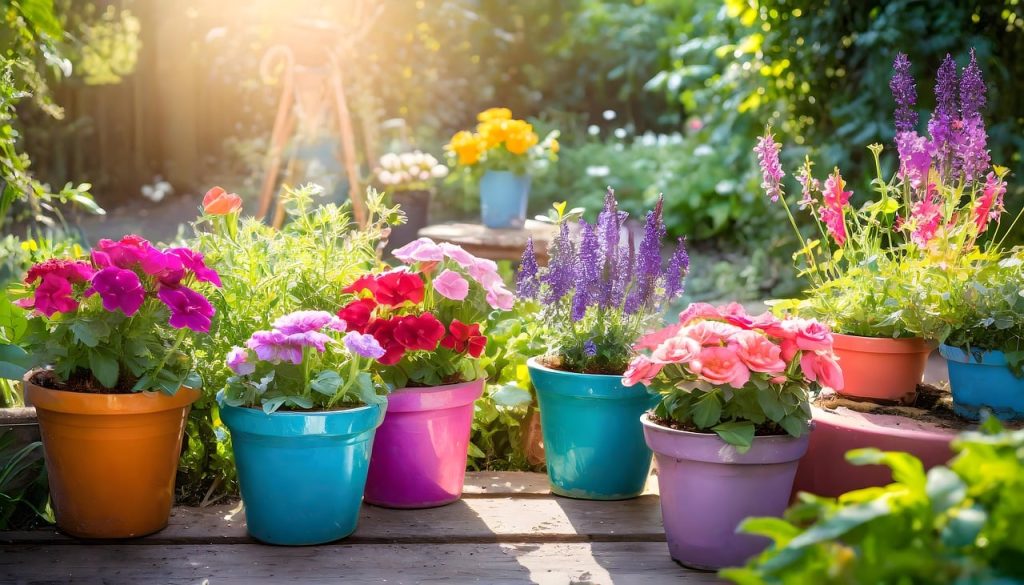
Select pots with drainage holes to prevent waterlogging. Consider the mature size of your plants when choosing pot size. Terracotta pots are classic but porous and dry out quickly. Glazed ceramic or plastic pots retain moisture better.
Potting Mix
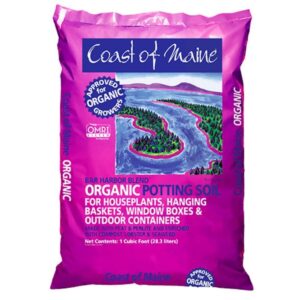
Use a high-quality potting mix specifically formulated for container gardens. This will ensure proper drainage and provide essential nutrients for your plants.
Sunlight
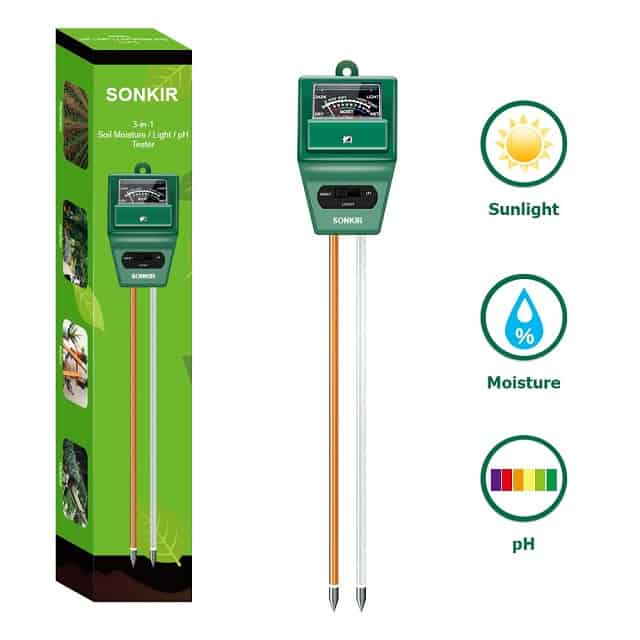
How much sun does your patio receive? Full sun means at least 6 hours of direct sunlight daily, while part shade receives 3-6 hours, and full shade gets less than 3 hours. Choosing flowers suited to your sun exposure is crucial for optimal growth and flowering.
Climate

Research plants suitable for your USDA hardiness zone, which indicates your region’s average winter temperatures.
Maintenance

Consider how much time and effort you’re willing to invest in caring for your flowers. Some varieties require regular deadheading (removing spent blooms) and frequent watering, while others are relatively low-maintenance.
Watering
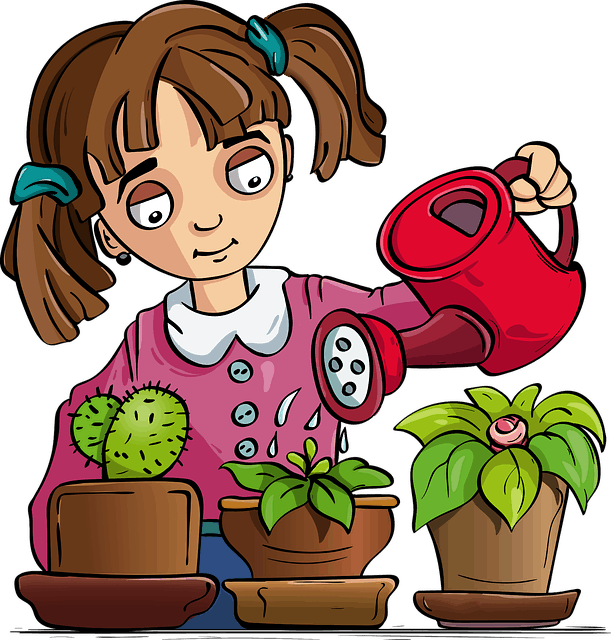
Water your plants deeply and regularly, especially during hot weather. The frequency will depend on the type of plant, pot size, and sun
Designing Your Potted Paradise
Now that you’ve chosen your flowers, it’s time to design your patio arrangement. Here are some tips
- Variety is key: Combine plants with different heights, textures, and flower colors to create visual interest.
Think about container size Select pots that are proportionate to the mature size of your plants. Larger pots help retain moisture and prevent roots from becoming pot-bound. - Thriller, filler, spiller: A classic design technique uses a thriller plant (tallest), filler plants (medium height), and spiller plants (trailing varieties) to create a visually appealing arrangement.
- Color coordination: Consider the overall color scheme of your patio furniture and decorations when choosing your flowers. You can create a bold and vibrant display with contrasting colors, or a more serene atmosphere with analogous color palettes (colors that sit next to each other on the color wheel).
Beyond Blooms Adding Flair
While flowers are the stars of the show, incorporating other elements can elevate your patio design
Greenery
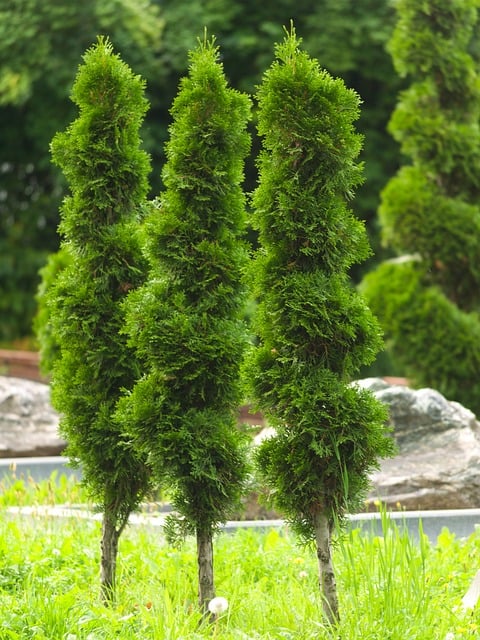
Evergreen shrubs or small ornamental grasses add year-round structure and texture to your patio displays.
Climbing vines
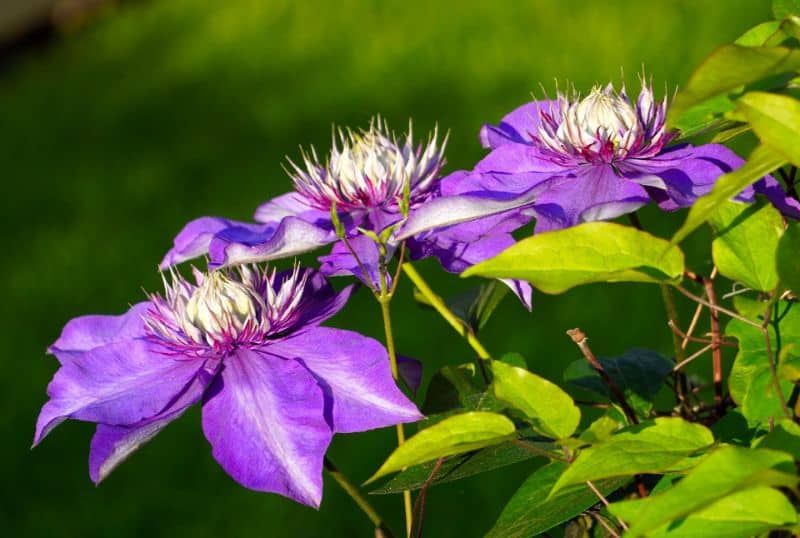
Train climbing vines on a trellis or obelisk to create a vertical garden feature.
Style
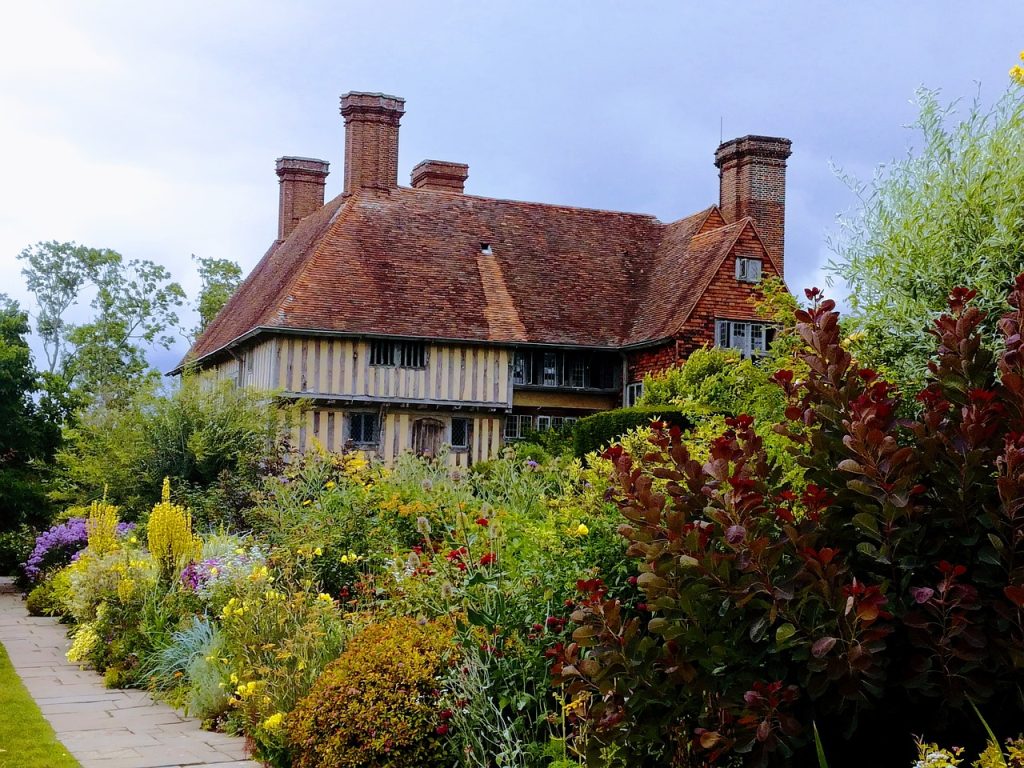
Think about the overall look you desire. Do you prefer a formal and elegant presentation, a burst of vibrant colors, or a cottage-style garden with a relaxed feel? There are flowers to complement every aesthetic preference.
Container selection
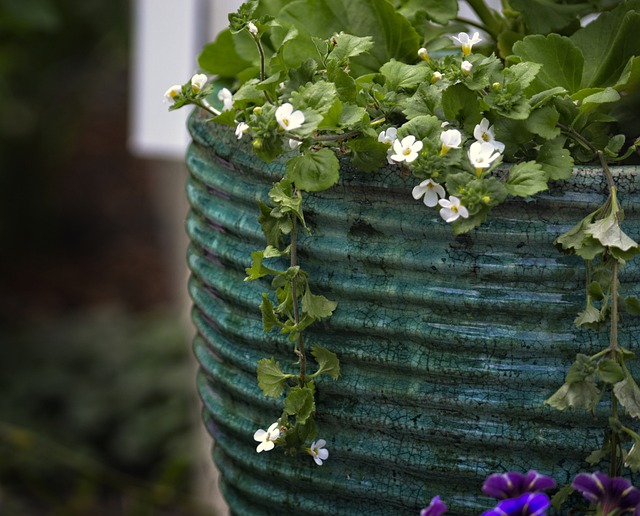
Choose pots that complement the style of your patio furniture and your home’s architecture. Terracotta pots offer a classic look, while glazed ceramic or metal containers can add a modern touch.
Container Size and Material
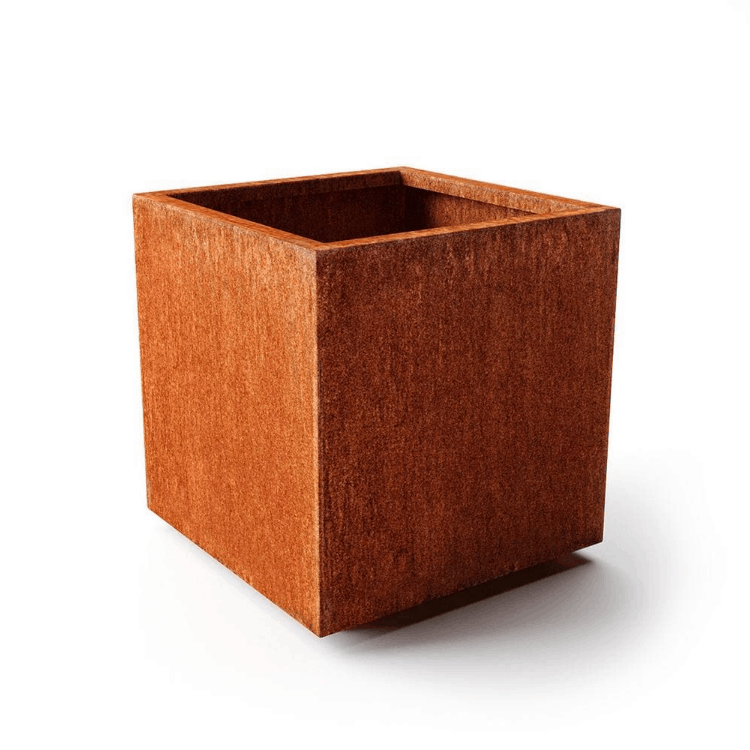
The size of your container will influence the size of the flowers you can plant. Larger pots can accommodate taller, bushier plants, while smaller containers are suited for compact varieties. Consider the weight of the mature plant and choose a sturdy container that can support it. Popular container materials include terracotta, ceramic, glazed pots, and lightweight plastic.


